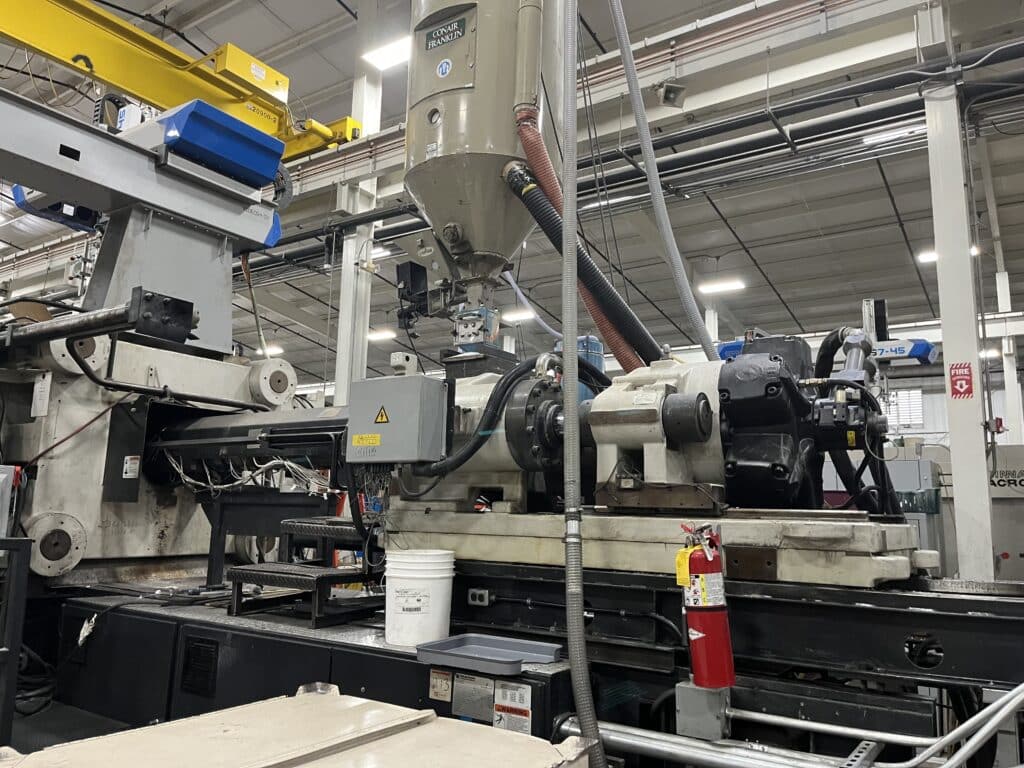
Avoid These 6 Costly Mistakes When Sourcing Custom Plastic Parts
Sourcing custom plastic parts is a critical phase in product development and manufacturing. Whether you’re producing specialized components for industrial machinery, creating unique packaging solutions








